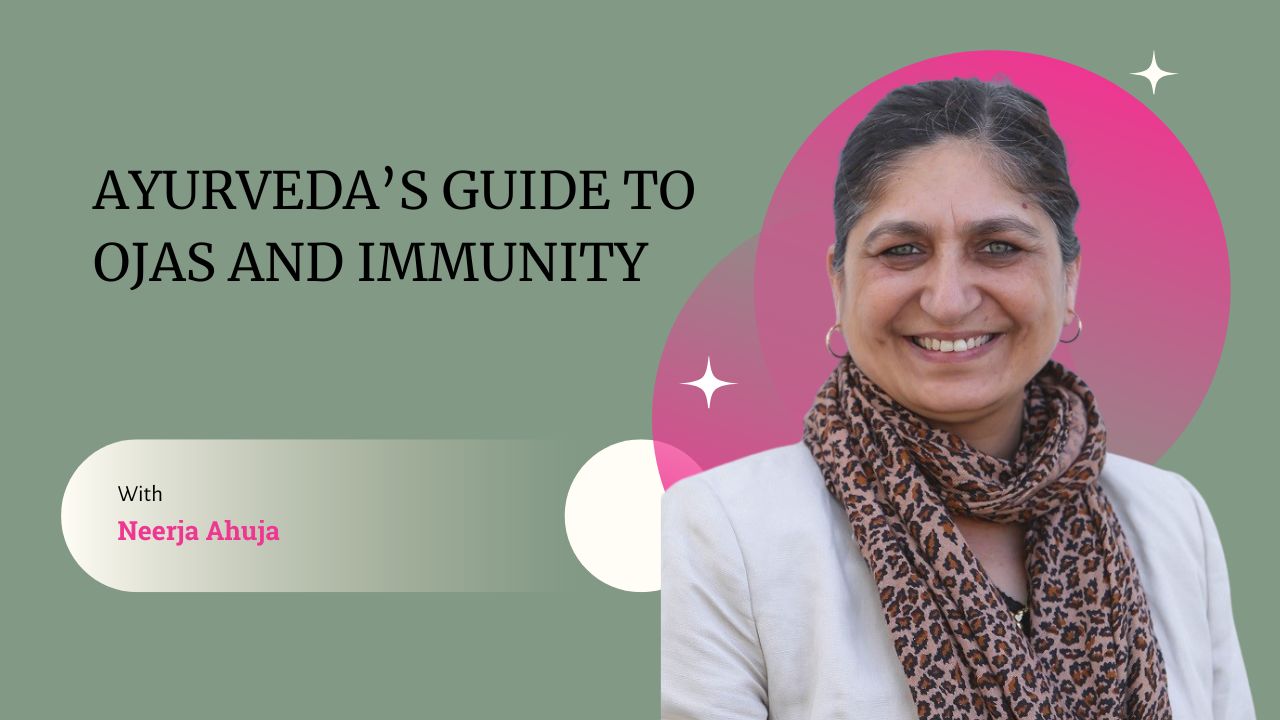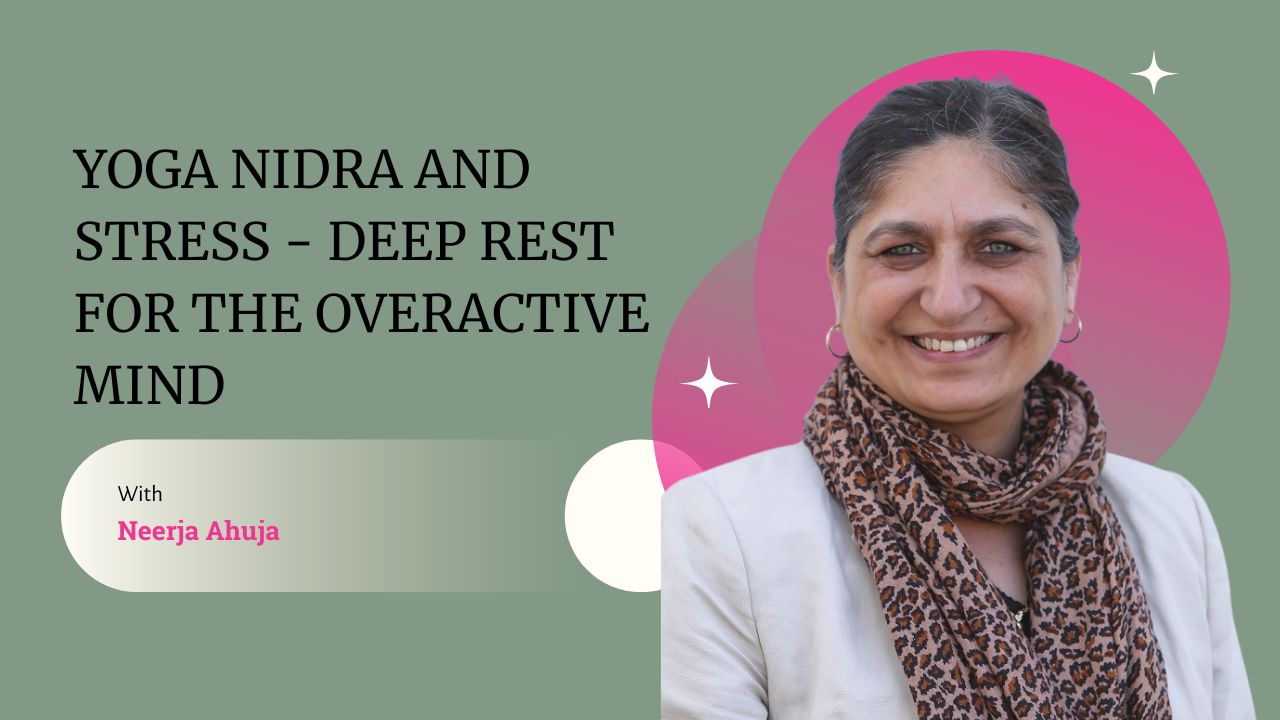Welcome to the world of Ayurveda. It is not just about treating illnesses but also about promoting overall well-being through a balanced lifestyle, including a healthy diet. In this blog, we’ll explore the principles of Ayurvedic nutrition and how it can help you achieve optimal health. We’ll delve into the three doshas, or body types, and how they relate to our food.
So, whether you’re new to Ayurveda or a seasoned practitioner, this blog post will provide valuable insights into how you can use food to nourish your body and promote a healthy lifestyle. So, sit back, relax, and explore the world of Ayurvedic nutrition together!
In Yoga and Ayurveda, it is said that the body-mind complex is made up of these five koshas or layers.
What is Annamaya kosha, “food” sheath or the physical body?
Annamaya is a Sanskrit word which, when translated, means consists of food (Anna = food and Maya = consists of) which is nourished by food – we physically become what we eat. So, knowing and understanding what we eat is important to keep our bodies healthy.
We use asanas to bring flexibility, toning, strength, balance, relief, relaxation, and fitness to the physical sheath of Annamaya Kosha. We also eat the “right” food to strengthen this sheath. Ayurveda recommends cleansing and strengthening the physical body or annamaya kosha by adopting a sattvic diet and lifestyle, oleation and cleansing srotas (the micro and macro channels) through Panchakarma treatments.
Food for your doshas and body type (Prakruti)
First, to understand the concept of doshas and body type, look at some keywords here.
Dosha
The operational intelligence within the human body is responsible for all the physiological and psychological processes in a person. One of three functional energies in nature: vata, pitta, and kapha.
Prakruti (or prakriti or mind-body type) is the constitution that we are born with; the unique ratio of “vata“, “pitta“, and “kapha” doshas established at conception and resulting in a unique set of physical, emotional, and mental tendencies, strengths, challenges and vulnerabilities.
Kapha
One of the three “doshas” (functional energies in nature), Kapha comprises the earth and water elements and governs structure, liquidity, growth and cohesiveness.
Pitta
Pitta is predominated by mainly free and some air and water elements, and it governs transformation, governing all metabolic processes.
Vata (also called Vayu)
Vata is predominated by the ether and air elements and governs movement, transportation, drying and separating functions and communication.
Doshas, Yoga and Food
Each asana has a defined effect relative to the three doshas. We can look at different yoga asanas according to their structural ability to increase or decrease the doshas. We can change a particular asana toward a particular doshic result. By adjusting the pace and number of repetitions, the same asana for different body types can be done differently with different results.
Similarly, each dosha requires a specific kind of food for optimum health, e.g., if someone with a pitta body type overeats hot chilli (ferry food) in hot summer weather (fiery season), at midday (fiery time of the day), there is a good chance that they may have aggravated pitta soon. We can create health and wellness by adjusting food for different body types.
Food for creating peace
In yogic and Ayurvedic philosophy, there are three qualities (gunas) of all things in nature, including our mind. We are aiming to create sattvic quality in our minds.
1. Sattwa relates to purity and harmony and brings clarity and lightness. Related qualities of sattwa are graceful, peaceful, disciplined, intuitive, and sensitive.
2. Rajas relates to willpower, forcefulness, active, fast, positive and demanding qualities.
3. Tamas relates to slowness, lethargy, blandness, impulsiveness, dullness, confused. These three qualities are present in all living animals and plants, seasons and time, but in different amounts.
Relevance of Sattvic, Rajasic, and Tamasic Foods
Success in life depends on knowing what is good for you and the motivation to act on what you know. Therefore, aiming towards a “sattvic state of mind” is key to experiencing harmony and optimum health. Ayurveda focuses on refining the quality of the mind – to restore the dominance of sattwa.
To create a “sattvic state of mind”, you need to take sattvic intake from your senses. For example, you can listen to sattvic music and engage in selfless service. You can spend time in nature where most people experience peace, e.g., mountains, waterfalls or the ocean.
Ayurveda also recognises the crucial role proper nutrition plays in maintaining mental sattwa. The Ayurvedic concept of Ahara, or life-supporting diet, concerns itself with the effects of various types of food on the quality of the mind, digestion and the balance of the doshas. Let us look at the quality of diet according to Ayurveda.
Sattvic Foods
Foods with a sattvic influence on the mind are light in their digestibility and easily nourish the mind and body. They include fresh foods, pure milk in moderation, ghee, fresh fruit, most vegetables, grains (white and brown basmati rice), whole wheat, oats, split or whole mung dhal (lentils) and almonds. These foods produce calmness, clarity and creativity in the mind and health and vitality in the body.
Sattvic food is the purest diet, the most suitable one for any serious yoga student. It nourishes the body and maintains a peaceful state. This helps calm the mind to work at its maximum potential. A sattvic diet will lead to proper health, with a peaceful mind.
Rajasic Foods
Foods that increase the heat and activity level in the body. These typically include onions, garlic, hot peppers, tomatoes, radishes, chillies, corn, spices, eggs, fish, seafood, and poultry. These foods make the mind restless, more aggressive and emotional.
Rajasic foods are hot, bitter, dry, salty, or spicy. They overstimulate the mind and excite the passions.
Tamasic Foods
Tamasic foods promote heaviness in the body and include red meat, alcohol, tobacco, mushrooms, intoxicating drugs, deep-fried and fermented foods and aged foods like cheese and leftovers. These foods cause mental dullness, confusion and disorientation, as well as physical lethargy and sluggishness. They also give a violent slant to the aggressive quality of rajas.
Takeaway!
Ayurveda offers a holistic approach to health and well-being through a balanced lifestyle, including a healthy diet. Understanding your dosha and body type is key to making the right healthy food choices. We hope that this blog post has provided valuable insights into Ayurvedic nutrition and how you can use food to nourish your body and promote a healthy lifestyle.
At Ayurveda Awareness Centre, we believe that our minds and bodies require nourishment and proper foods. So, begin enhancing your diet with Ayurveda by following our course “Foods for peace and wellness,” and you’ll understand the significant health benefits of certain foods. This four-week live course, in which you can enrol in March as well as in September, delves into various aspects of diet and nutrition, contributing to our overall health. This course will focus on foods that are beneficial to your health and let you achieve inner peace. Avoid eating foods that cause agitation or lethargy.
The “Foods for Peace and wellness” course is for those who want to make conscious life choices in terms of diet and lifestyle principles, learn the effects of food on the mind and many more. You can connect, learn, and discuss more here online. If you want to join the sessions with AAC, you can start small, take one step at a time, and build a lifelong relationship with us!
To know more, click here.



